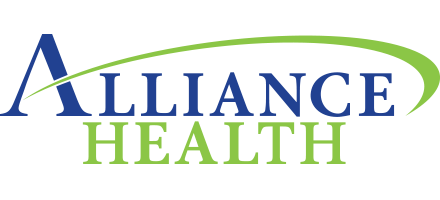Movement is Medicine: New Guidelines for Low Back Pain
Low back pain is the single most common musculoskeletal ailment in modern times. Statistically it is estimated that 80 percent of all people will experience low back pain in their lifetime. Think about that, we are talking 80 percent of everyone. Low back pain is also the most common job-related disability leading to the most missed work days. For a little more perspective, in 2010 low back pain was rated third on a list of the most burdensome conditions in the US with only heart disease and chronic obstructive pulmonary disease ranking higher. So as you can imagine low back pain is costly on multiple levels, pain and suffering, treatment, and lost time at work.
The good news is that most low back pain is short term lasting only a few days to a few weeks. Of the 80 percent of people with low back pain statistically 80 percent of them will be better within 4 weeks. This leaves 20 percent who may develop subacute (4-12 weeks) or chronic low back pain (pain lasting more than 12 weeks).
One would think that with the high percentage of low back pain that we would have it figured out, but the truth is we continue to be baffled by back pain, its causes and how to treat it. There are multiple risk factors for developing low back pain including age (most back pain begins between ages of 30-50), fitness level, pregnancy, weight gain, genetics, and occupational risk factors. Two other factors include backpack overload in children and preexisting mental health issues such as anxiety and depression.
There are multiple tests we can do such as x-rays, MRI’s and Cat Scans however, research has shown that the findings of these tests are often also present in people without pain making it difficult to prove cause and effect.
This week the American College of Physicians issued the new guidelines for the noninvasive treatments for acute, subacute and chronic low back pain.
Before we move on to the recommendations lets first identify low back pain symptoms that require immediate attention.
*If you experience loss of bowel or bladder control and/or you experience numbness in the groin of inner thigh you should visit your local emergency room immediately.*
If you have any questions about this article, or want to find out more about scheduling a nutritional consultation, contact Dr. Chris Telesmanic, PT, DPT, OCS at chris@alliancehealthfresno.com. Learn more about movement, fitness and health in this space each week or by visiting www.alliancehealthfresno.com, or calling 478-5833.
This article first appeared in the Hanford Sentinel, Movement is Medicine column, written by Alliance Health.



